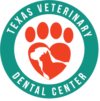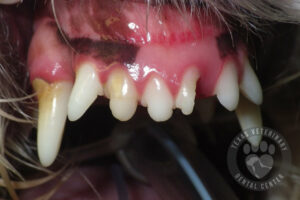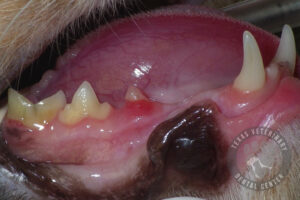Cat & Dog Tooth Extraction

To eliminate oral inflammation, pain, or oral infection, cat and dog tooth extraction is often necessary. Some of the more common diseases that require dental extractions are advanced periodontal disease, non-vital or abscessed teeth, fractured teeth, tooth resorption, and feline chronic gingivostomatitis. Our doctors have been trained to surgically extract teeth safely, properly, efficiently, and with the greatest potential for optimum recovery.
ADVANCED PERIODONTAL DISEASE
Periodontal disease is oral inflammation and infection of the soft tissues and bone surrounding the tooth. When advanced periodontal disease is present, the result is gum inflammation and pain, bad breath, periodontal pocket formation (infection pockets around the tooth or teeth), loose teeth, gum recession, tooth root exposure, and often local infection of the bone of the jaw which can eventually lead to fracture of the jaw in some pets. Our doctors are trained on how to properly and safely extract teeth and treat the surrounding tissues to optimize recovery.
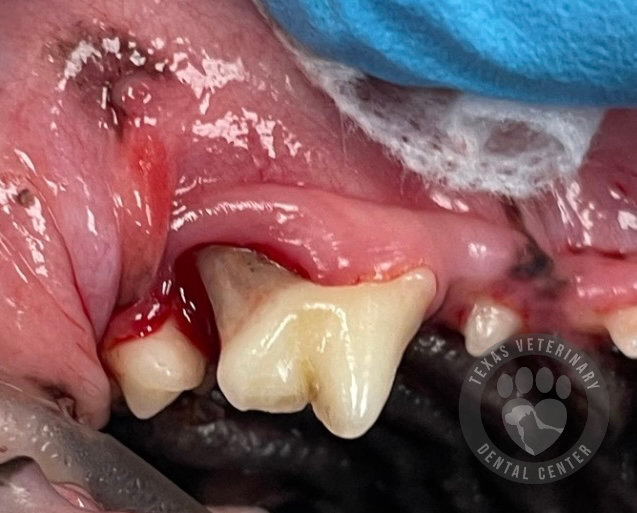

DEAD (NON-VITAL), FRACTURED, OR ABSCESSED TEETH
Teeth can die for a variety of reasons including trauma, tooth fracture, or as a result of a local oral disease processes. A tooth that is fractured or non-vital may or may not show clinical or radiographic signs consistent with an abscess. Non-vital teeth may be discolored, but often are not. Fractures are not always obvious. These teeth are not only painful in animals, they also can become a source of chronic bacterial infection.
FELINE CHRONIC GINGIVOSTOMATITIS
Feline chronic gingivostomatitis (FCGS) is a severe, painful oral disease that affects some cats where the cat’s mouth becomes hypersensitive to plaque bacteria in the biofilm on the teeth, tongue and gums. This response appears as striking inflammation and intense pain throughout the mouth. Severe inflammation of the gums and the back of the mouth is noted. Affected cats may drool, have bad breath and have pain when the mouth is opened especially performing normal daily events like eating or yawning. Intense mouth pain may cause a decrease in self-grooming, resulting in a scruffy or unkept hair coat. Treatment often involves surgical extraction of all teeth. As aggressive as this may sound, most cats recover well and have a great quality of life following this procedure. However, there some cats that continue to struggle and require extended medical management.
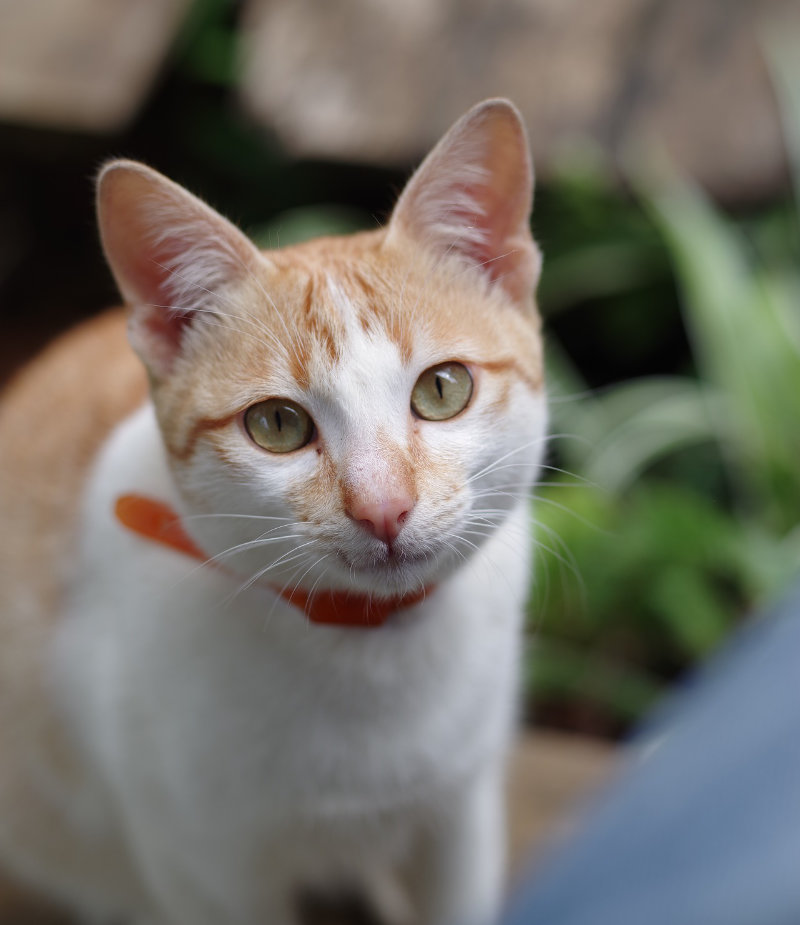

TOOTH RESORPTION
Tooth resorption is a progressive disease that leads to loss or destruction of teeth. It is somewhat common in dogs, and very common in cats. Researchers estimate that greater than half of all cats older than three years old will have at least one tooth affected by resorption. We often can’t see it with the naked eye. Instead, we usually observe it through X-rays of the teeth and tooth roots. Tooth resorption can be painful, chronic and uncomfortable for your dog and can lead to infection and death of the tooth. Despite many theories, the cause of tooth resorption isn’t known. However, we do have some understanding of what is happening at a microscopic level. During this disease process, cells called odontoclasts break down the hard tissue of a tooth. This destruction can be seen in the crown and/or in the root of a tooth. Cats and dogs may not show any signs of disease, especially if resorption only occurs in the root. Resorptive lesions often occur at the gumline and can affect any tooth. Your pet can experience intense pain and discomfort once resorption occurs, especially if above the gum line exposing the dentin or pulp within the tooth.
Texas Veterinary Dental Center
12810 Fountain Lake Circle
Stafford, TX 77477
